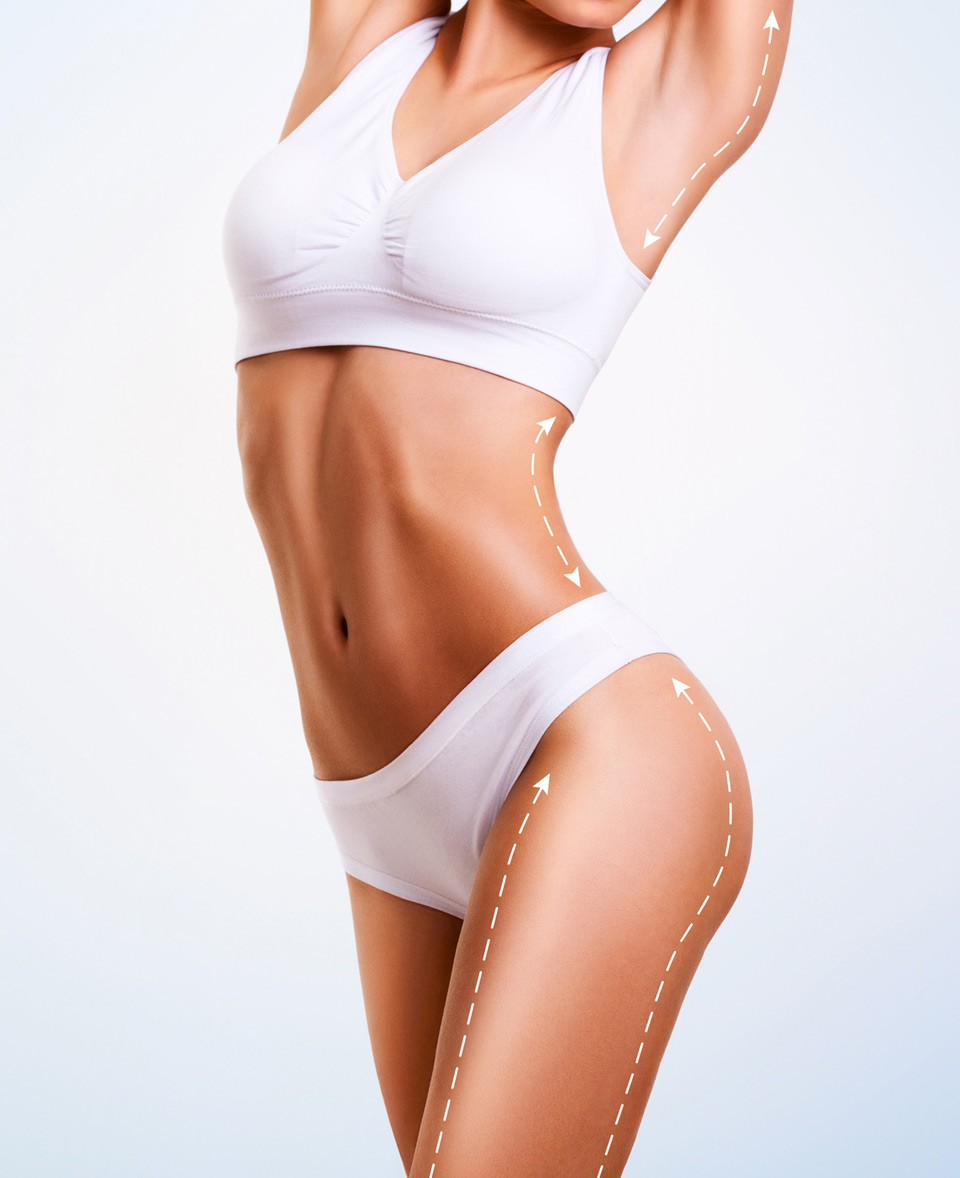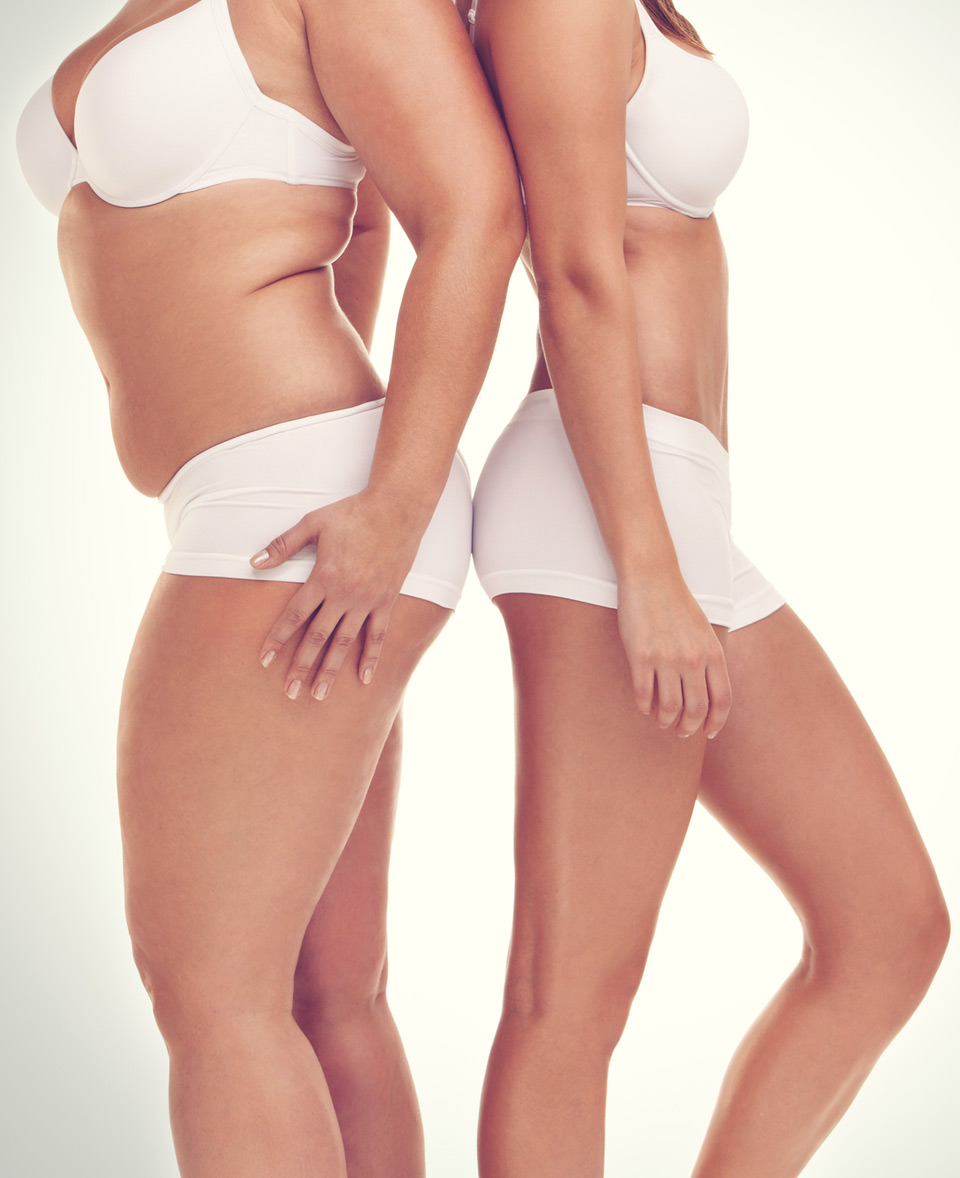- 13320 Riverside Dr., Suite 226, Sherman Oaks, CA 91423
Home » Why should you consider Coolsculpting?

If you’ve been grinding away on the treadmill for months now and are frustrated with poor weight loss progress, then maybe you should consider CoolSculpting, a noninvasive and nonsurgical medical procedure that helps remove extra fat cells from beneath the skin.
CoolSculpting received approval from the U.S. Food and Drug Administration (FDA) in 2010 and has become wildly popular. Between 2010 and 2012, CoolSculpting treatment cycles increased by a whopping 823%!
CoolSculpting (or cryolipolysis) freezes fat to aid in fat loss in the thighs, lower back, belly, double chin and sides. Frozen, dead fat cells are excreted as waste within several weeks of treatment and full results are seen within three months.
One study found that cryolipolysis reduced the treated fat layer by as much as 25 percent. At six months after treatment, participants had not regained the fat.

During a CoolSculpting procedure, a clear gel acts as a barrier between the cooling panel and the patient’s skin. The healthcare provider will use an applicator to deliver controlled cooling to the treatment area. He or she will move the device over the skin while administering suction and cooling to the treatment area. Some providers have several machines and are able to treat multiple areas simultaneously.
After treatment, the provider will massage the treated areas to break up frozen deep tissue and help the body begin to absorb the dead fat cells. One session may last between one to three hours.
The procedure is very safe with no serious side effects. It is normal for patients to experience:
In rare instances (less than one percent of cases), CoolSculpting can lead to paradoxical adipose hyperplasia, which is a condition in which the volume of fat cells increases in the treated body parts. Patients who experience this side effect typically choose to try other fat-removal treatments, such as liposuction.
Unlike liposuction, CoolSculpting is non-surgical, noninvasive, and does not require any recovery time. After a CoolSculpting procedure, patients can drive themselves home and return to regular activities the same day.
The answer to this question depends on what your goals are. CoolSculpting is not a treatment for obesity and will not deliver a full-body transformation. Rather, CoolSculpting is a procedure for those who need help removing small amounts of extra fat that have not responded to normal weight-loss attempts, such as diet and exercise.
If you’re looking for a permanent fat loss solution, then CoolSculpting will effectively kill off fat cells. However, if you gain weight after treatment, then you may see the fat return as well.

CoolSculpting is also not an option for individuals with the following conditions:
The bottom line is, CoolSculpting is an effective treatment when performed by an experienced doctor. Individuals will likely need several sessions to maximize their fat loss and reduce the risk of side effects.